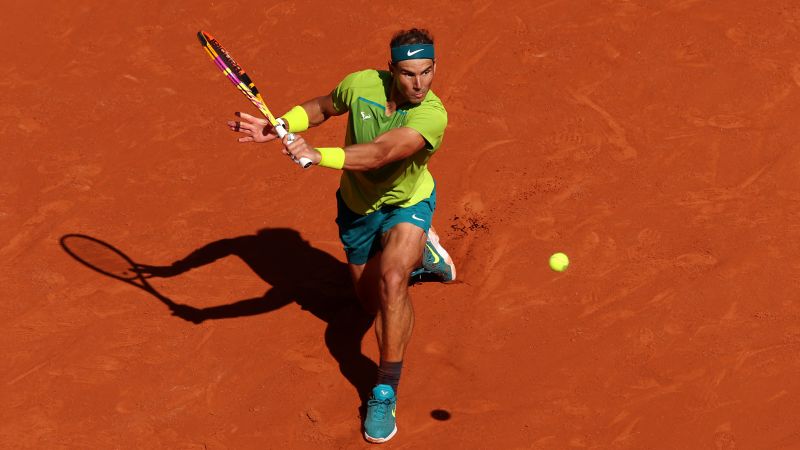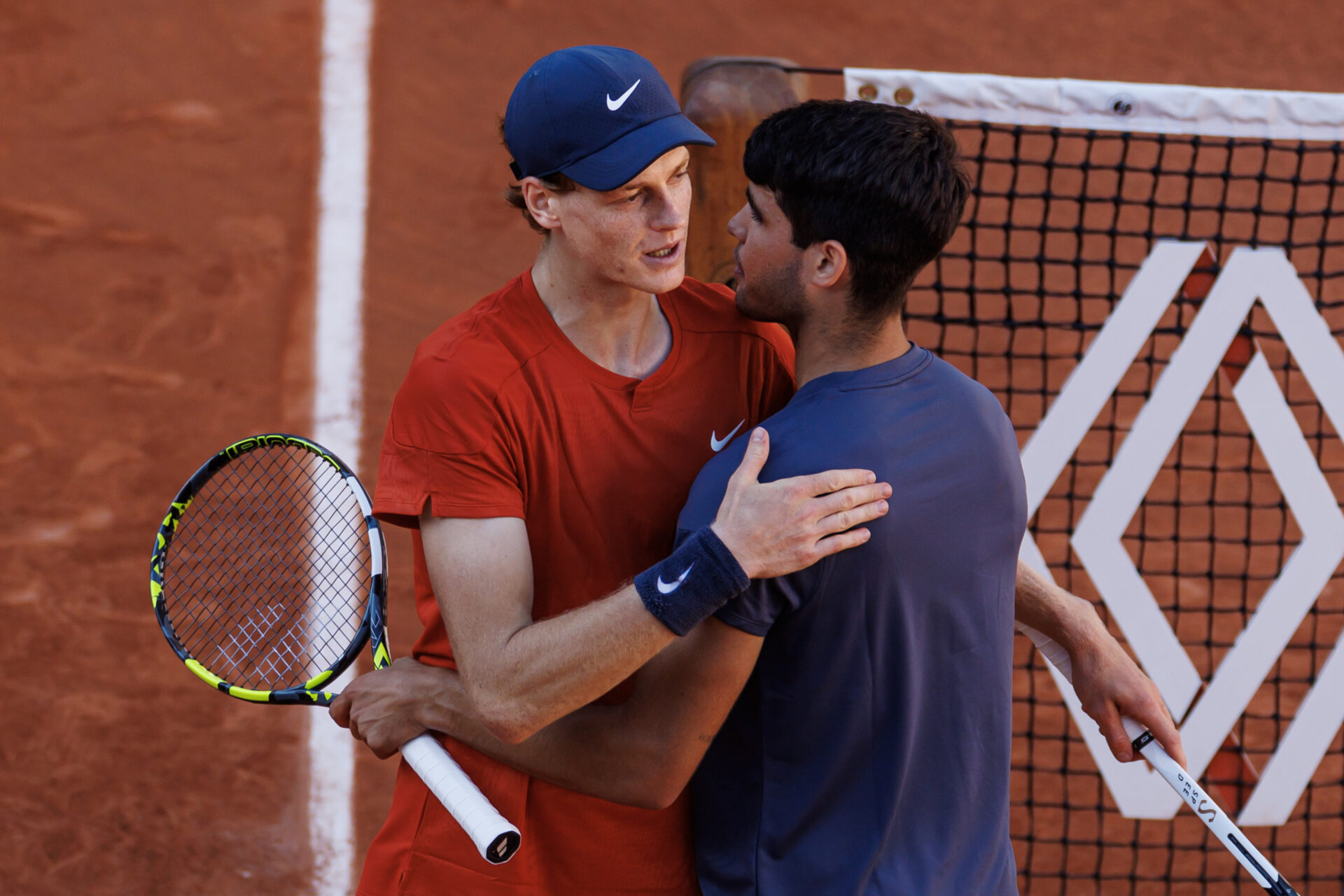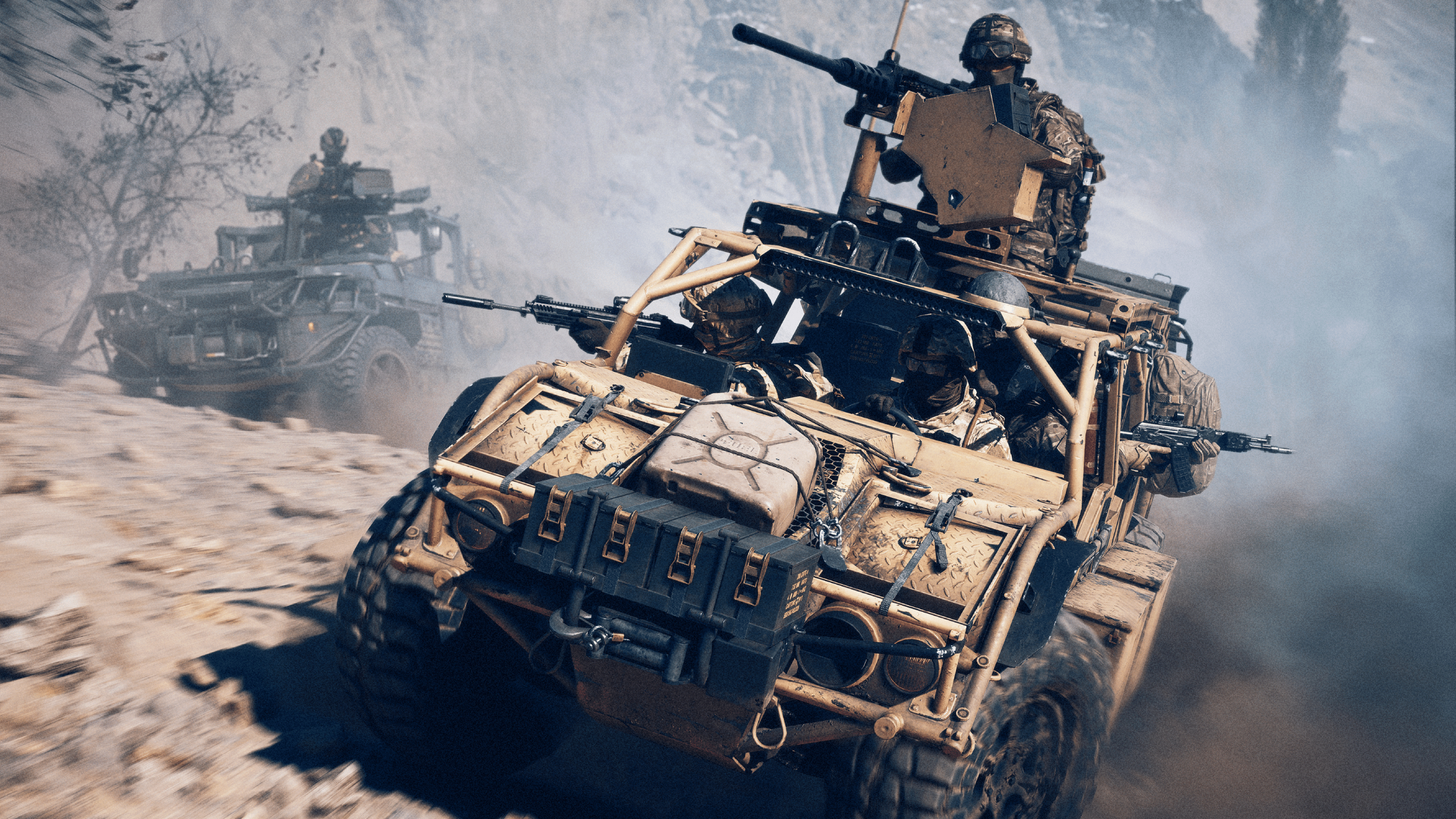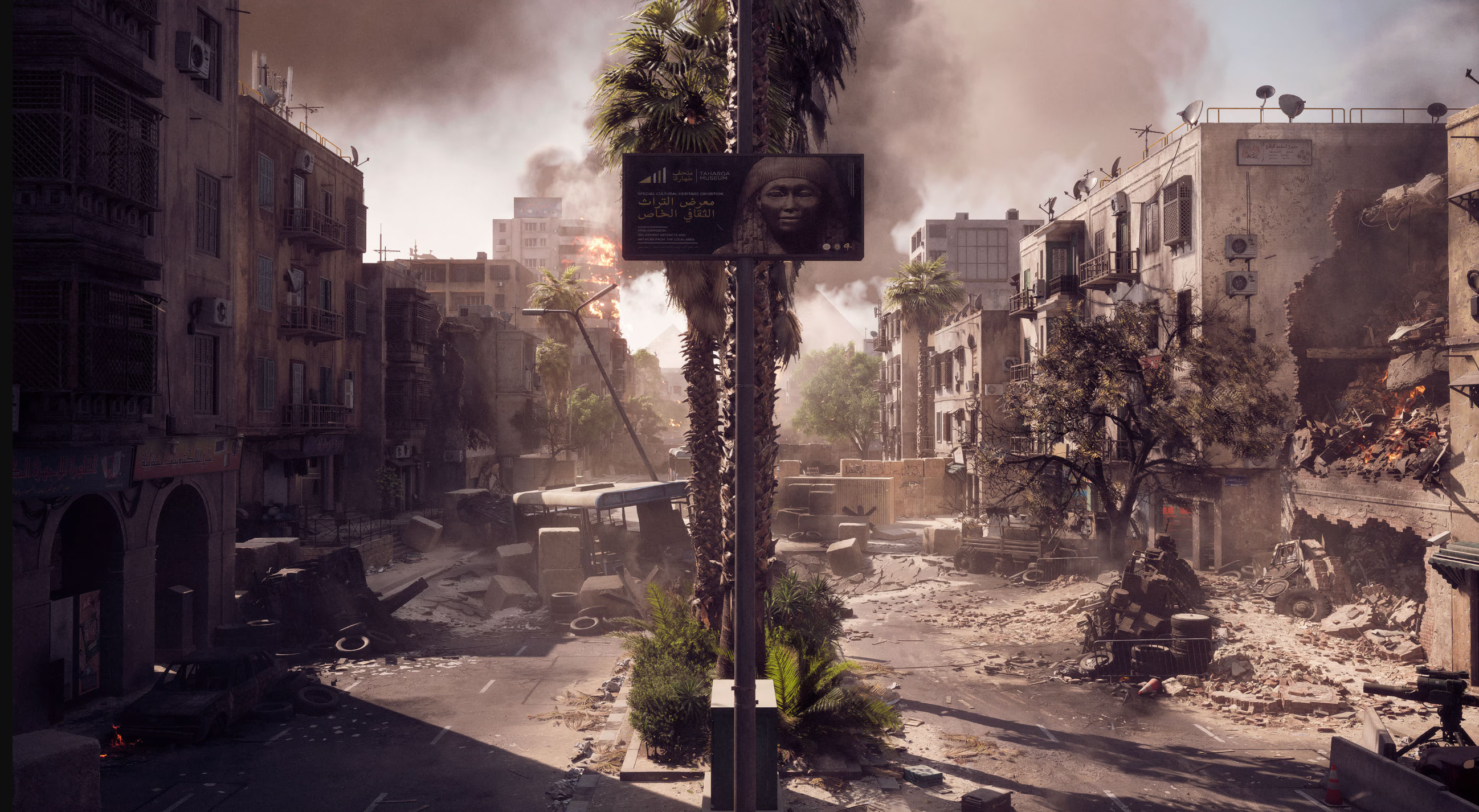Decoding Clay: Why Roland Garros Tests Even The Best Players

Welcome to your ultimate source for breaking news, trending updates, and in-depth stories from around the world. Whether it's politics, technology, entertainment, sports, or lifestyle, we bring you real-time updates that keep you informed and ahead of the curve.
Our team works tirelessly to ensure you never miss a moment. From the latest developments in global events to the most talked-about topics on social media, our news platform is designed to deliver accurate and timely information, all in one place.
Stay in the know and join thousands of readers who trust us for reliable, up-to-date content. Explore our expertly curated articles and dive deeper into the stories that matter to you. Visit Best Website now and be part of the conversation. Don't miss out on the headlines that shape our world!
Table of Contents
Decoding Clay: Why Roland Garros Tests Even the Best Players
The French Open, also known as Roland Garros, stands as a unique beast in the tennis world. Unlike the faster hard courts or the grass courts demanding precise volleys, Roland Garros's distinctive clay surface presents a different set of challenges, pushing even the most seasoned professionals to their limits. This article delves into the intricacies of clay court tennis, exploring why Roland Garros consistently tests the mettle of the world's best players.
The Physics of Clay:
Clay courts are notoriously slow. The ball's trajectory is significantly altered, bouncing higher and slower than on hard or grass courts. This slower pace fundamentally changes the dynamics of the game. Powerful serves, often a dominant weapon elsewhere, become less effective. Instead, rallies become longer, requiring more strategic shot placement, stamina, and mental fortitude. Players need to adjust their game significantly, focusing on consistency and precision over raw power.
Tactical Adjustments:
The high bounce of the clay demands a different approach to groundstrokes. Players must adapt their swing, generating more topspin to keep the ball in play and control its trajectory. This necessitates increased physical exertion and precise timing. Net play is less common due to the slower ball speed, favoring baseline rallies and strategic positioning. This makes mental stamina crucial; players need to anticipate opponent's moves and react accordingly in these prolonged exchanges.
The Mental Game:
Roland Garros isn't just a physical battle; it’s a grueling mental test. The extended rallies, coupled with the physical demands of playing on clay, place immense pressure on players. Maintaining focus and concentration over multiple sets becomes paramount. Even a slight lapse in concentration can prove costly in these extended points. This mental aspect is often overlooked, but it significantly contributes to why even top players struggle at Roland Garros.
Historical Context: Clay Court Masters
Throughout history, Roland Garros has seen its fair share of upsets and unexpected champions. The unique characteristics of clay have consistently prevented outright dominance by any single player. While some, like Rafael Nadal (arguably the greatest clay court player of all time), have thrived on the surface, their success underlines the skill and adaptation required to conquer the red dirt. Analyzing the winning strategies of past Roland Garros champions provides valuable insights into mastering the clay. These champions demonstrate the need for a well-rounded game, incorporating both physical and mental resilience.
Beyond the Court:
The conditions at Roland Garros also play a crucial role. The Parisian weather can be unpredictable, with sudden changes in temperature and humidity adding another layer of complexity to the game. These factors can affect the ball's bounce and impact the players' physical performance.
Conclusion: The Enduring Challenge of Clay
Roland Garros’s clay courts present a unique and formidable challenge, differentiating it from other Grand Slams. The slow pace, high bounce, and demand for tactical adjustments make it a test of complete skill, demanding physical prowess, strategic thinking, and unwavering mental resilience. This is why, year after year, Roland Garros continues to produce thrilling matches and unexpected outcomes, highlighting the enduring challenge posed by the red clay of Paris.
Keywords: Roland Garros, French Open, clay court tennis, tennis strategy, Rafael Nadal, Grand Slam, tennis tactics, clay court challenges, tennis physics, mental toughness, physical endurance.

Thank you for visiting our website, your trusted source for the latest updates and in-depth coverage on Decoding Clay: Why Roland Garros Tests Even The Best Players. We're committed to keeping you informed with timely and accurate information to meet your curiosity and needs.
If you have any questions, suggestions, or feedback, we'd love to hear from you. Your insights are valuable to us and help us improve to serve you better. Feel free to reach out through our contact page.
Don't forget to bookmark our website and check back regularly for the latest headlines and trending topics. See you next time, and thank you for being part of our growing community!
Featured Posts
-
 Key Suppliers Warning Australias Energy Storage Future Uncertain
Jun 05, 2025
Key Suppliers Warning Australias Energy Storage Future Uncertain
Jun 05, 2025 -
 Update Blake Livelys Lawsuit Against Justin Baldoni
Jun 05, 2025
Update Blake Livelys Lawsuit Against Justin Baldoni
Jun 05, 2025 -
 Andy Roddick On Sinner And Alcaraz A Career Trajectory Forecast
Jun 05, 2025
Andy Roddick On Sinner And Alcaraz A Career Trajectory Forecast
Jun 05, 2025 -
 Post Trump America Why Some Americans Are Choosing To Emigrate
Jun 05, 2025
Post Trump America Why Some Americans Are Choosing To Emigrate
Jun 05, 2025 -
 Australian Energy Grid At Risk Key Battery Supplier Announces Potential Bankruptcy
Jun 05, 2025
Australian Energy Grid At Risk Key Battery Supplier Announces Potential Bankruptcy
Jun 05, 2025
Latest Posts
-
 Actor Tristan Rogers Iconic General Hospital Star Passes Away At 79
Aug 17, 2025
Actor Tristan Rogers Iconic General Hospital Star Passes Away At 79
Aug 17, 2025 -
 Premier League Racism Antoine Semenyo Details Abuse During Liverpool Game
Aug 17, 2025
Premier League Racism Antoine Semenyo Details Abuse During Liverpool Game
Aug 17, 2025 -
 The Untold Story Of A Wwii Veteran A Vj Day Memory That Moved Queen Camilla
Aug 17, 2025
The Untold Story Of A Wwii Veteran A Vj Day Memory That Moved Queen Camilla
Aug 17, 2025 -
 Battlefield 6 Map Size Controversy Players React To Latest Mini Map
Aug 17, 2025
Battlefield 6 Map Size Controversy Players React To Latest Mini Map
Aug 17, 2025 -
 Smaller Maps Spark Outrage In Battlefield 6s Rush Mode
Aug 17, 2025
Smaller Maps Spark Outrage In Battlefield 6s Rush Mode
Aug 17, 2025
